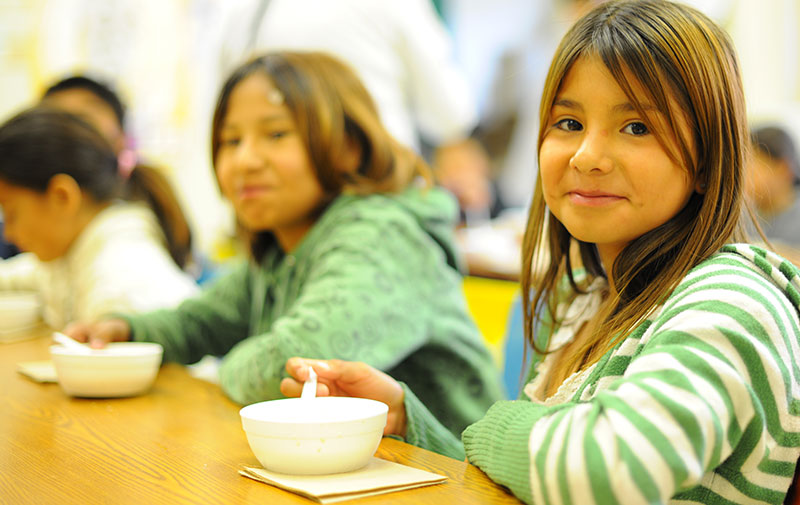November 2015 – Nelson House, Manitoba
Since the Nisichawaysihk Cree Nation Family and Community Wellness Centre was transitioned to a new funding model in the fall of 2012, the Centre is continuing to see the results of the shift in delivery approach. The Centre is pleased to report the overall number of NCN Children in Care (CIC) has decreased from 427 in 2013 to 274 in 2015.
“A reduction of 153 children in care over two years is a big positive for our children and community. It proves we are taking steps in the right direction and working to help more families stay together,” explained Felix Walker, CEO of the Centre.
Thompson saw the biggest change to their numbers reducing children in care by 55% from 130 to 59, and this can be attributed to the Weechihitowin Project. The Nelson House office was already practicing the Circle of Care approach and still had a 46% reduction from 167 kids to 90 (77 fewer children in care). The new model provided much needed funding for the prevention and family enhancement programming. Nelson House also made a fundamental shift in its approach to apprehension and thus apprehension numbers have decreased significantly. Brandon reduced the number of children in care by 12% and Winnipeg by 2%.
“We believe it is better for children to remain at home. It is well documented; many children feel the blame and have feelings of guilt when they are the ones removed from the situation. The ultimate goal of the Centre’s programs is to provide services and support for family reunification,” said Felix, recognizing the accomplishments but focusing on the work ahead, “although there were many highlights in this years reports, more work needs to be done to provide the best care possible for children.”
Within the family enhancement work that was being done surrounding reunification of families in Thompson and Nelson House, the Centre saw an emerging need. Now that families are being more readily prepared to take children back home, it was noticed in follow ups that bonding and attachment issues are apparent. The next work will be to strengthen families’ ties and the Centre will be looking at developing a program to deal with attachment and bonding concern.
In 2015/2016 the Centre will be focusing more on the approach of leaving children in the home and removing parents from the residence in cases of apprehension. The Intervention and
Removal of Parent Program has been supported in the community of Nelson House, but is not always an option in Winnipeg, Thompson and Brandon.
To improve further, the Centre will also be looking at investing in the revitalization of its IT assets both on/off reserve. Now that there is a definitive plan for the training of front line social workers, the Centre will look at development and training for statistical and financial staff.
It is estimated there are more than 10,000 children in Manitoba who are wards of CFS. A vast majority of these youth are in foster care and most are Aboriginal. It is hoped the Centre’s approach to care can be adopted and used by other First Nations in Manitoba. The Centre works to continually provide methods to care for children that are influenced by child apprehension and further reduce situations where the child is at risk.

